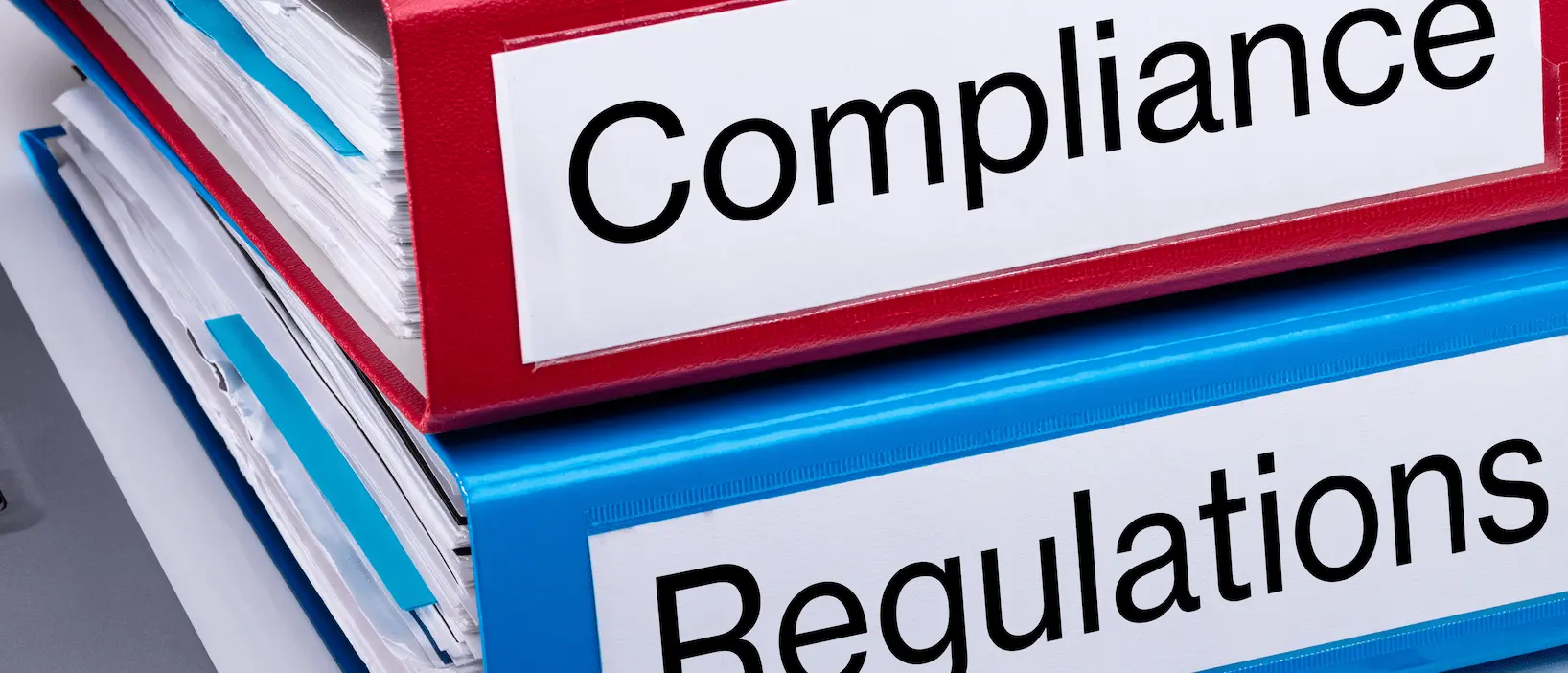
How do you become a landlord? A complete guide
06-06-2025 | OtherThinking about becoming a landlord can be the start of an absolutely thrilling journey. For some, it could present the opportunity to fulfil a lifelong dream of building a property portfolio. Others might see it as a chance to secure long-term steady income. Either way, you’re probably asking: how do you become a landlord?
Becoming a landlord requires careful planning, legal awareness, strategic decision-making and a lot of patience. It can take time to grasp everything, but after some perseverance, you’ll be able to reap the rewards. This complete guide will outline the initial steps to answer the question: how do you become a registered landlord? It will detail the necessary legal and financial considerations and provide actionable advice on managing tenant relationships. We’ll also answer how much does it cost to become a landlord?
How do you become a landlord?
There are several steps to take on your journey to becoming a landlord. Each one needs careful consideration as it can help reduce the chance of a problem occurring later down the road. Minor details might need to be adapted to suit your specific situation in some steps.
Step 1: Think about your aims and objectives
Setting goals and working out what you want to achieve from your journey as a landlord is important. Understanding how do you become a landlord starts with defining your purpose.
Step 2: Research the market and set investment goals
Setting clear investment goals is vital: Do you want steady rental income to supplement your earnings, or are you focused on long-term financial growth? Perhaps you’re aiming for both. Clarifying your objectives helps you choose the right property type. This can range from student lets, family homes, or HMOs (Houses in Multiple Occupation). Consider your risk tolerance as well; properties in up-and-coming areas may offer higher returns but carry more uncertainty.
Before diving into property investment, thorough research is essential to understand how you become a landlord. For convenience, you might simply want to go with a local property on your doorstep. In this case, you’ll need to narrow down your market research to specific areas in your local village, town or city.
If you want to maximise the potential of property investment, then you’ll want to conduct broader research. This includes identifying yield rates up and down the country. Some areas have higher rental yields than others. You’ll also want to consider the rental demands in that specific area, which could be driven by cities with universities, thriving job markets, or excellent transport links. For instance, places like Manchester, Bristol, or commuter towns near London often see strong tenant interest. This might be a step you have already completed when you were first contemplating how do you become a landlord.
Online tools such as Rightmove or Zoopla can be used to analyse this data. Those websites will also indicate the property price and recent sales in the area to give you an idea of the possible investment growth. Look at historical trends: have prices risen steadily? Are rentals in short supply? This data will help you make an informed decision.

Step 3: Understand the financial costs
One of the most common questions for aspiring landlords is: how much does it cost to become a landlord? The amounts depend on various factors, including location and property type. For example, a property in London will be significantly more expensive than most other cities in the United Kingdom.
Most new landlords opt for a buy-to-let mortgage, which allows you to purchase with a deposit typically ranging from 25-40% of the property’s value. Buy-to-let mortgages tend to have higher interest rates. Working with a mortgage adviser can simplify this process, helping you compare deals and secure terms that align with your investment goals. Stamp duty rates are also higher for buy-to-let purchases.
The property you purchase may need work, such as a new kitchen or repairing broken windows. There are also costs linked with getting a tenant into the property, such as using letting agents. It is worth estimating the costs that will apply once you rent the property to a tenant. This could range from maintenance costs, utility bills, and potential void periods where the property doesn’t have a tenant.
Step 4: Understand the basic legislation
Understanding all of the legislation in the world of property rental can be quite daunting and overwhelming, but it’s a key step when learning how you become a landlord. If you are ever unsure of any legislation, it’s worth getting legal advice to be in the strongest position possible. CIA Landlords also have a batch of advice articles covering a range of important legislation topics.
The main ones to understand at the start of your journey as a landlord are: The Housing Act 1988, The Landlord and Tenant Act 1985, The Homes (Fitness for Human Habitation) Act 2018 and the proposed Renters’ Rights Bill.
The Housing Act 1988
The Housing Act 1988 is key for modern landlord-tenant relationships. It introduced Assured Shorthold Tenancies (ASTs). It also established Section 8, enabling eviction for tenant breaches like rent arrears. For aspiring landlords, understanding this Act is essential for managing tenancies, setting rents, and handling evictions legally.
The Landlord and Tenant Act 1985
This Act requires landlords to keep properties in good repair, including structure, exterior, and essential installations. It mandates providing tenants with the landlord’s contact details and ensures tenants’ rights to a safe, habitable home.
The Homes (Fitness for Human Habitation) Act 2018
The Homes (Fitness for Human Habitation) Act 2018 highlights that tenants have the right to a clean and well-maintained property. Learning this Act will help you make an informed decision as you navigate the steps of how you become a landlord.
Proposed Renters’ Rights Bill
The Renters’ Rights Bill aims to offer tenants more security and stronger rights while holding landlords to higher standards. It is expected to become law in 2025. It will end no-fault evictions and implement property condition standards.

Step 5: Secure a buy-to-let mortgage
A buy-to-let mortgage is tailored for rental properties. Using a mortgage adviser to compare different rates and select the best one for you is worth it. Once you have purchased your property, you will need to look at landlord insurance. While it is not mandatory, a mortgage lender will likely ask for some kind of cover to ensure their loan is protected as much as possible. It will also help protect your own investment if something suddenly goes wrong.
Step 6: Conduct due diligence
As the above regulations have highlighted, landlords are responsible for structural repairs and maintaining essential systems like heating, plumbing, and electrics. You will need to ensure your property is in good condition before renting it out, which could involve getting items fixed.
This will also involve making sure you have the correct safety certificates, such as an EICR (Electrical Installation Condition Report) and Gas Safety Certificates.
Step 7: Set up tenancy agreements and deposit protection
When becoming a landlord, you will need to make a tenancy agreement. A tenancy agreement prevents conflicts by clearly outlining each party’s responsibilities and the terms established at the beginning of the lease. It should comprehensively specify the tenant’s responsibilities and restrictions, the landlord’s responsibilities and the expectations for both sides. It serves as a guide to refer to during the tenancy and a set of rules for both the landlord and tenant to adhere to.
You don’t have to take a deposit from a tenant, but it’s highly recommended as it will provide a financial safety net. If you do take a deposit, you must put it in a government-authorised tenancy deposit scheme. It’s best to prepare for this as soon as possible because it is mandated by law.
Step 8: Thorough tenant screening
Once your property is ready to go, you’ll want to get a tenant in the property as soon as possible. However, it’s vital that landlords do not rush the onboarding process, as having the right tenant in the property can make such a difference. While reducing the chance of something wrong to zero is impossible, a thorough tenancy screening helps you on your way to becoming a landlord.
Tenant screening can include doing credit checks (with prospective tenants’ written permission), retrieving previous landlords’ references, interviewing them face-to-face to learn more about them, and many other factors.

How do you become a registered landlord?
Some people who rent out their property will need to become a registered landlord. But how do you become a registered landlord? In the UK, this often depends on your location and property type. Landlords must register with a government-approved scheme in Scotland, Wales, and some local authorities in England.
In Scotland, the Landlord Registration scheme requires you to apply online, pay a fee, and provide details about yourself and your properties. Wales has a similar system under Rent Smart Wales. As of the start of 2025, there is no nationwide mandatory registration in England, but some local authorities have implemented their own landlord licensing schemes. London is the most popular place for these schemes, with around 20 boroughs requiring registration. It’s worth checking your local council website to see if you need to register in your area. You can complete this online.
Usually, it’s a pretty straightforward process. You’ll need to submit identification, property details, and sometimes evidence of safety compliance (like gas certificates). Registration increases credibility and ensures legal compliance, setting a solid foundation for your landlord journey.
Practical tips for aspiring landlords
Landlords may find it easier to start with one single property. This allows time to build confidence and get to grips with the landlord responsibilities and legislation. Sometimes, owning multiple properties can be overwhelming at first, making it hard to build an investment strategy.
It’s also worth building a positive rapport with local tradespeople. As your property portfolio grows, you will likely need to rely on them more and more. A positive relationship can help save you time and money.
It’s highly likely that you already have savings, but it’s worth keeping some money aside to cover mortgage repayments in case of void periods. There may also be some maintenance duties that suddenly appear. This is why it’s important to understand how much it costs to become a landlord.
While it’s not mandatory, it’s best to secure landlord insurance to protect your investment as much as possible. Having the right coverage can give you peace of mind. If you’re wondering how do you become a landlord, securing proper insurance is a key step in the process. To compare landlord insurance quotes, contact us at 01788 818 670 today to find out more, or get a quote online.
We won't be beaten on any like for like landlord insurance quote.
Get a quote